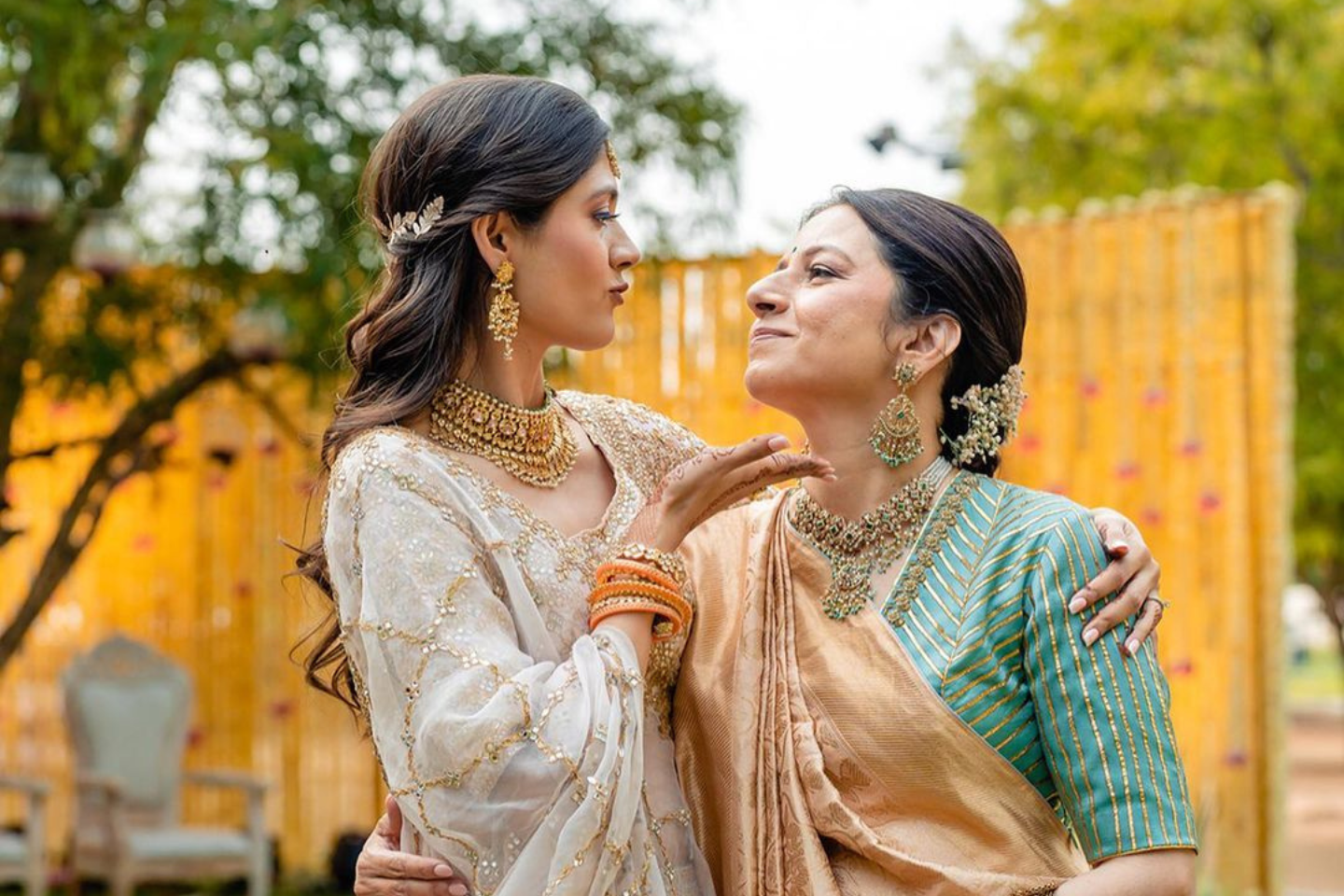India, more than any other nation on Earth, can probably take pride in a tradition of jewelry design that dates back at least 5,000 years and into antiquity. Inventing ornaments that celebrate the human body and creating opportunities for their use has taken an infinite amount of energy and imagination from its inhabitants. One such ornament is the Indian bracelet or the bangle.
Bangles have been an integral part of Indian culture and as consequence Indian weddings. The bangles are an essential element of the Solah Shringar, an important ritual for an Indian bride to adorn herself in 16 bridal jewelry ornaments each of which carries an auspicious significance. In this blog, we take a look at the various types of bangles and their cultural importance.
Bangle—the Indian Bracelet and Its Significance Across Cultures
In various parts of India, there are hundreds of distinct types of bangles, each of which has a special meaning. Women, especially Indian brides, all throughout the country view bracelets as an aesthetic and a part of who they are, irrespective of their culture. Below are different types of bangles worn by some of the Indian brides and their significance based on the which culture they belong to:
The Punjabi Chooda

Image courtesy: pexels.com
A chooda is a set of bangles customarily worn by the Punjabi Hindu, Sikh and Punjabi Jains or the Bhabra community bride on her wedding day and for some time afterwards. It is often red and white and is often carved out of ivory and has inlay work. Red is a symbol of abundance and positive energy. The chooda ceremony (dahi-chooda) takes place on the day before or the morning of the wedding. The maternal uncle and aunt of the bride present her with the chooda set.
After the first anniversary, the bride’s in-laws would arrange a modest, private ceremony on an auspicious Punjabi holiday, typically Sankranti, in which the chooda is taken off and the bride replaces it with glass bangles. The chooda is then taken to a river where prayers are offered before letting it float downstream.
The Bengali Shaka-Pola and Loha

Image courtesy: Homegrown
Bengali brides don a red and a white bangle for their wedding and afterward. The white Indian bracelet, called Shakha, is made of a conch shell, while the Pola, the red Indian bracelet, is made of red coral. According to traditions, the bride must take special care not to break these bangles during the first year of marriage because it is thought to be a bad omen.
Though they are seen as a symbol of matrimony, the Shaka-Pola have an interesting history. During earlier times, poor fishermen would bring back conch shells for their wives, who would powder them and use them to make bracelets. It eventually spread throughout the culture and became a custom. Bengali women also often sport a plain iron bracelet known as a Loha on their left wrist. This is to fend against negative energy.
The Green Maharashtrian Bangles

Image courtesy: Pinterest
The brides and other married women of Maharashtra and some areas of Karnataka wear green glass bangles. These glass bracelets are worn in odd numbers on both hands and are a symbol of fertility and auspiciousness. For the same reason, only married women can wear these bangles. Along with these bangles, the bride and newlywed women also don patlis (or patlyas), which are gold bangles decorated with traditional patterns and embellishments.
The Bajuband of Rajput, Gujarati, and Rajasthani Brides

Rani Shri Usha Deviji Sahiba of Jodhpur. Image courtesy: Royal Archives via Twitter
The bajuband is a type of Indian bracelet worn on the upper arm. It is a part of the traditional bridal attire of Rajput, Gujarati, and Rajasthani brides. Historically, Bharatnatyam dancers used to wear this bracelet. The bajuband is thought to serve as a protective barrier during danger and ward off evil spirits.
The Gujarati Chooda and Rajput Bangdi

Image courtesy: Salwa Photography via weddingz.in
The Gujarat and Rajput brides also don chooda on their wedding day. The Gujarati chooda has red and ivory bangles while the chooda of the Rajput bride is made of ivory and gold bangles. The typical wearing period for the bangles is 45 days to 1.5 years. The Rajput bride also wears thick golden bangles, known as bangdis, that serve as a reminder to take part in charitable deeds.
The Kadagas of a Kodava Bride

Image courtesy: Claude Loren Wedding Photography and Films via Pinterest
A traditional Kodava bride wears Kadagas—hollow gold bracelets that fasten around the wrist. The Kadagas are typically covered in rubies and come in single, double, or triple bands. These traditional Indian bracelets are worn by the bride along with vibrant metal or glass bracelets.
Other Kannadiga brides are also required to wear golden and glass bangles during their bangle ceremony. The glass bangles can be in a variety of hues, including yellow, blue, green, and red. For a more fashionable appearance, they can be paired with golden Kadas.
The Malayali Thadvala and Ottavala

Image courtesy: South India Jewels
The Southern region of India is known for its opulent gold jewelry. The jewelry of Malayali brides is no different. To adorn their wrists, Malayali brides wear different types of gold bracelets. The thin kada bangles are referred to as "Ottavala," while the thick ones are referred to as "thadavala." The kadas can be broad, flat, or rounded bracelets with elaborate ornamentation.
Disclaimer: Some of the images have been sourced from Google/Pinterest. If you are the owner, please write to us and we will credit appropriately, or you can request for a removal.



































